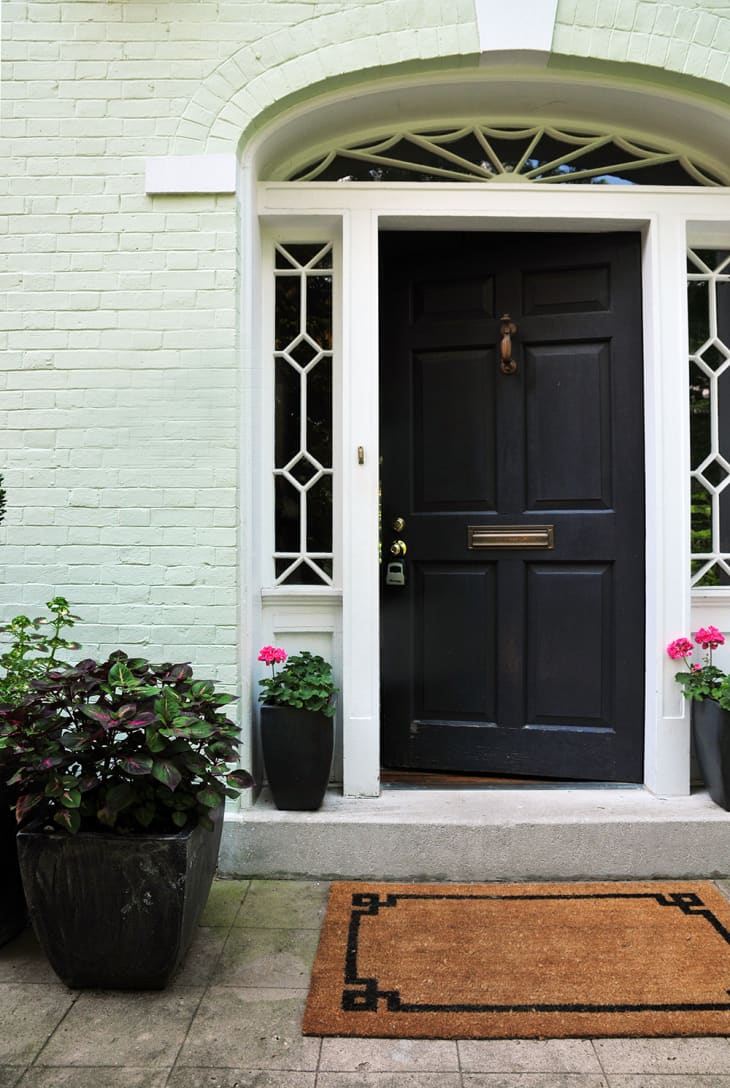First-Time Homebuyers Survival Guide: What to Check on a Final Walk-Through

The search for a new home isn’t an easy one, but you did it—you found the home of your dreams, had it inspected, and it’s almost time to move in. But before you do anything else, you have to do a final walk-through to make sure your new home is in good shape and everything is in order. The problem is, remembering everything you need to look out for can be a challenge, especially if you’re a first-time home buyer, or you’re moving into a much bigger space. If you need a little help, here’s a checklist for your final walk-through.
Yes, almost everything on this list is something that should have been checked and verified in your professional home inspection. But this final walk-through is your very last chance as the buyer to double- and triple-check that nothing else needs attending to by the seller before the place is all yours. It’s worthwhile to give every little thing another look-see.
- Flip all the light switches: This is an easy one, but also one that’s easy to forget—as you walk through the house, flip every single light switch to make sure they all work.
- Look at all the fixtures: While you’re at it, check all the fixtures and switch plate covers around light switches and outlets to make sure they’re intact and nothing appears damaged.
- Check the circuit breaker panel: Make sure it’s configured to run correctly and there aren’t any dangerous exposed wires or anything that looks damaged.
- Bring your phone charger: Make sure you test out all the outlets so you know that they all work. An easy way to do this: bring your phone charger, and plug your phone in to all of them so you can see if it connects. (You can also buy an outlet tester for not a lot of money, which will check that the outlets are properly ground, as well.)
- Test faucets and plumbing: Turn on the water in all the sinks and showers—check every bathroom, the kitchen and the laundry room, if applicable. Make sure the water runs properly, looks clean and drains correctly. Also, flush every toilet a few times to check the plumbing.
- Look for mold or water damage: While you’re checking the bathrooms and the kitchen, look careful to make sure there’s no water damage, leaks, or mold.
- Open all the windows and doors: Check every window and door to make sure it opens, closes, locks and unlocks properly and that there are no screens missing where they should be.
- Test any fans: If your home has ceiling fans or any exhaust fans in the kitchen or bathrooms, definitely turn them on and check them to ensure that they work properly.
- Check the heating and cooling: If you’ve got central heating and air, turn it on and check both ends of the spectrum and make sure the thermostat works, otherwise you might be in for a rude awakening come summer or winter.
- Check all the appliances: Any appliances that come with your purchase should be checked—that includes the refrigerator, microwave, stove and oven, dishwasher, garbage disposal, washer and dryer. Make sure everything functions like it’s supposed to.
- Verify requested repairs: Was the seller required to make any repairs before turning everything over to you? If so, double-check to make sure all of them have actually been made.
- Check for signs of pests: Keep an eye out for roaches, mice, any sort of droppings or any damage (like dry rot) that looks like it could be from pests like termites.
- Make sure it’s clean: The seller should make sure your new home is reasonably clean (and that none of the previous tenants’ stuff is left behind) before you move in, so make note of anything that’s not up to snuff.
- Double check the landscaping: Before you finish your final walk-through, make sure any landscaping is how you remember it being when you first saw your home (or that any required updates have been made).